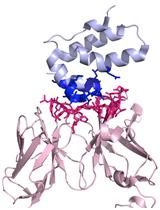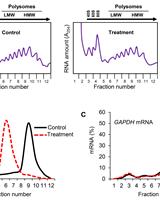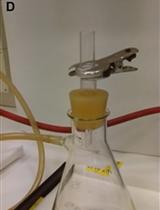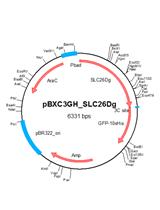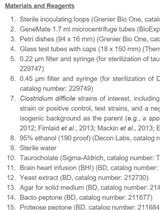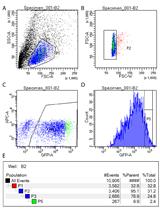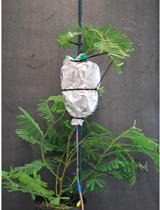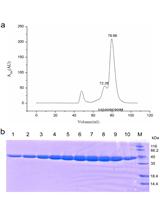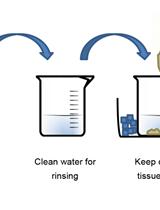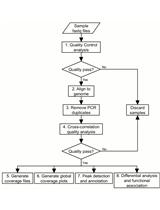- Protocols
- Articles and Issues
- About
- Become a Reviewer
Past Issue in 2017
Volume: 7, Issue: 3
Biochemistry
PRODIGY: A Contact-based Predictor of Binding Affinity in Protein-protein Complexes
Cancer Biology
Polysome Fractionation to Analyze mRNA Distribution Profiles
In vitro Assessment of RNA Polymerase I Activity
Microbiology
Analysis of the Virulence of Uropathogenic Escherichia coli Strain CFT073 in the Murine Urinary Tract
Production, Purification and Crystallization of a Prokaryotic SLC26 Homolog for Structural Studies
Enriching Acidophilic Fe(II)-oxidizing Bacteria in No-flow, Fed-batch Systems
Determination of the in vitro Sporulation Frequency of Clostridium difficile
Force Measurement on Mycoplasma mobile Gliding Using Optical Tweezers
Molecular Biology
Synthetic Lethality Screens Using RNAi in Combination with CRISPR-based Knockout in Drosophila Cells
Neuroscience
Cued Rat Gambling Task
Heterochronic Pellet Assay to Test Cell-cell Communication in the Mouse Retina
Plant Science
Miniature External Sapflow Gauges and the Heat Ratio Method for Quantifying Plant Water Loss
Expression and Purification of the GRAS Domain of Os-SCL7 from Rice for Structural Studies
Stem Cell
A Streamlined Method for the Preparation of Growth Factor-enriched Thermosensitive Hydrogels from Soft Tissue
Systems Biology
Bioinformatic Analysis for Profiling Drug-induced Chromatin Modification Landscapes in Mouse Brain Using ChlP-seq Data


